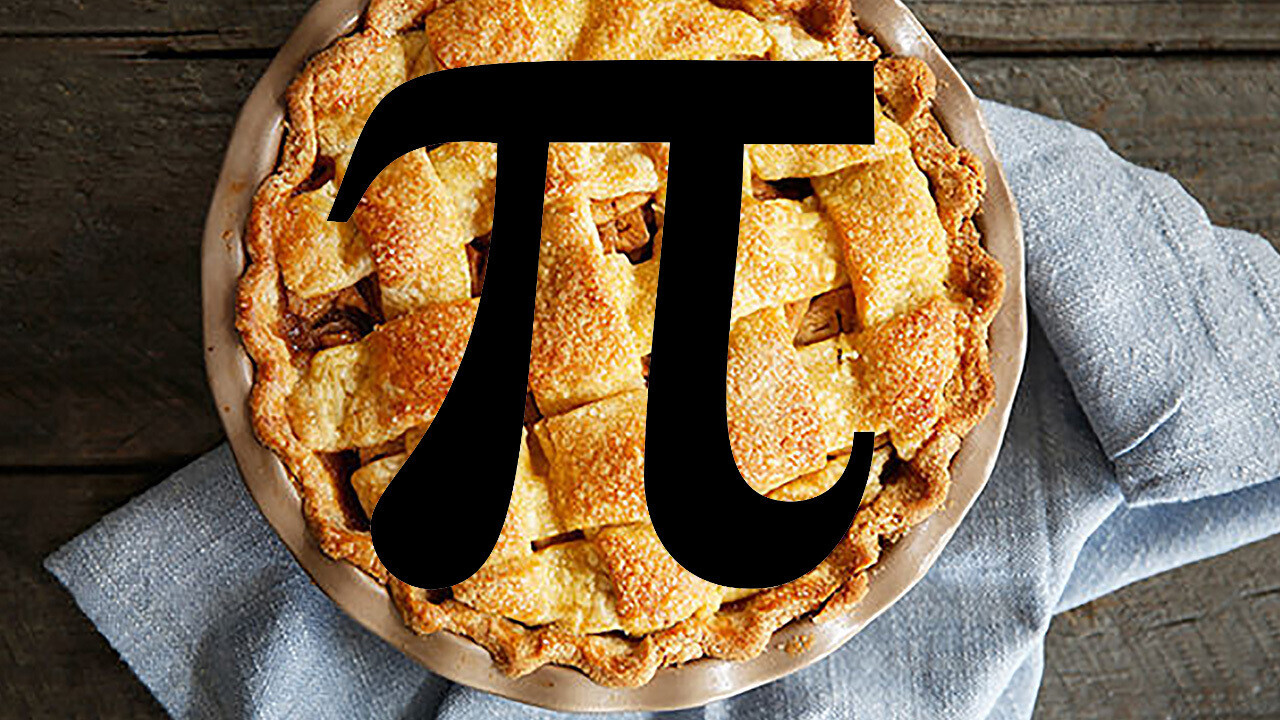All Articles for
Pi
The number is a mathematical constant, the ratio of a circle's circumference to its diameter, commonly approximated as 3.14159. It has been represented by the Greek letter "" since the mid-18th century, though it is also sometimes spelled out as "pi" (). Being an irrational number, cannot be expressed exactly as a common fraction, although fractions such as 22/7 and other rational numbers are commonly used to approximate . Consequently its decimal representation never ends and never settles into a permanent repeating pattern. The digits appear to be randomly distributed; however, to date, no proof of this has been discovered. Also, is a transcendental number – a number that is not the root of any non-zero polynomial having rational coefficients. This transcendence of implies that it is impossible to solve the ancient challenge of squaring the circle with a compass and straightedge. Although ancient civilizations needed the to be computed accurately for practical reasons, it was not calculated to more than seven digits, using geometrical techniques, in Chinese mathematics and to about five in Indian mathematics in the 5th century CE. The historically first exact formula for , based on infinite series, was not available until a millennium later, when in the 14th century the Madhava–Leibniz series was discovered in Indian mathematics. In the 20th and 21st centuries, mathematicians and computer scientists discovered new approaches that, when combined with increasing computational power, extended the decimal representation of to, as of late 2013, over 13.3 trillion (1013) digits. Scientific applications generally require no more than 40 digits of so the primary motivation for these computations is the human desire to break records. However, the extensive calculations involved have been used to test supercomputers and high-precision multiplication algorithms. Because its definition relates to the circle, is found in many formulae in trigonometry and geometry, especially those concerning circles, ellipses or spheres. It is also found in formulae used in other branches of science such as cosmology, number theory, statistics, fractals, thermodynamics, mechanics and electromagnetism. The ubiquity of makes it one of the most widely known mathematical constants both inside and outside the scientific community: Several books devoted to it have been published, the number is celebrated on Pi Day and record-setting calculations of the digits of often result in news headlines. Attempts to memorize the value of with increasing precision have led to records of over 67,000 digits.

